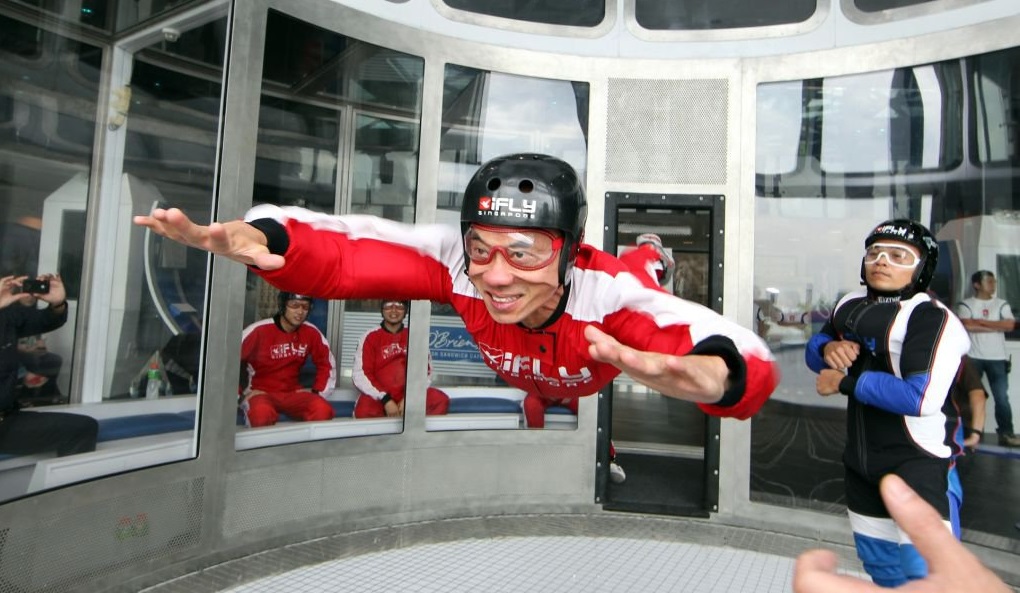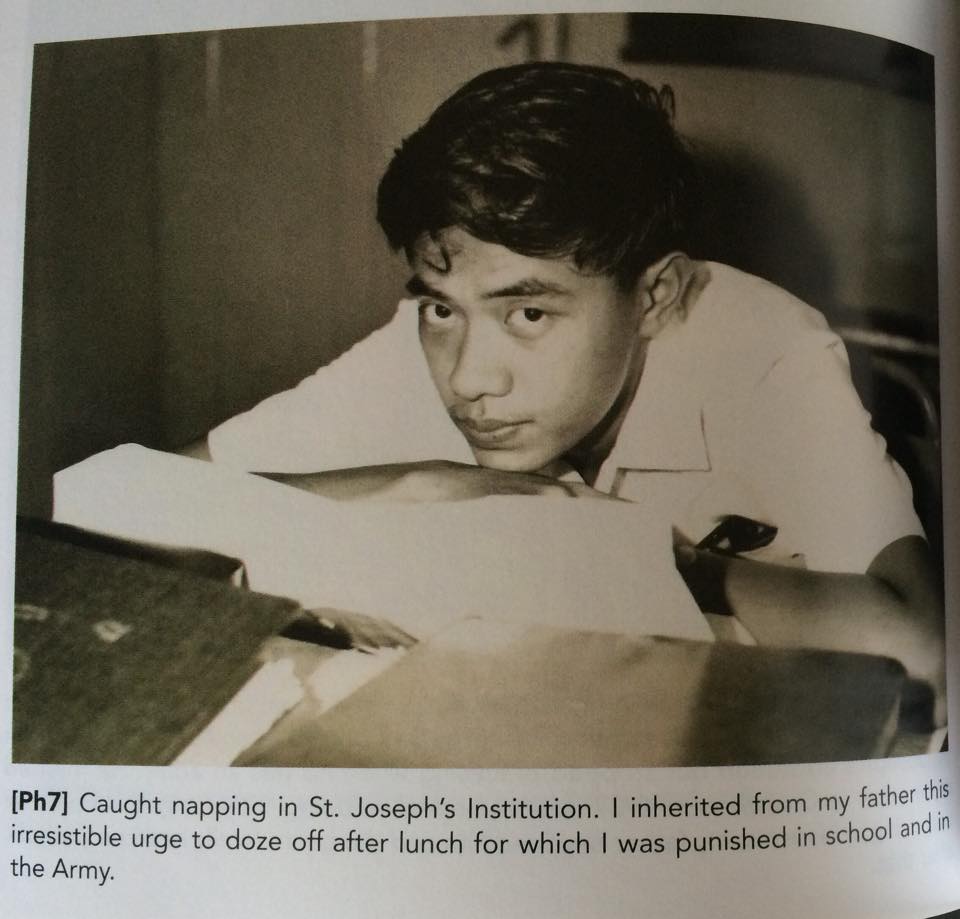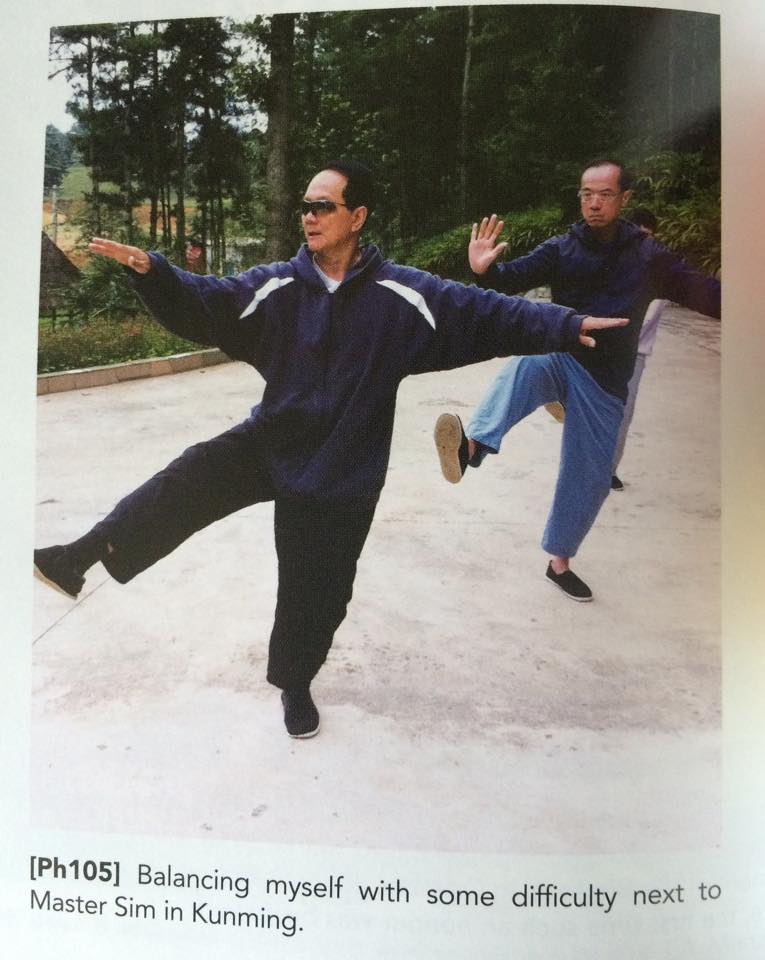You might instinctively recoil if you notice this 728-page book at local bookstores.
But fret not, for it is not the latest ten-year series or French economist Thomas Piketty's 700 page bestseller, "Capital in the Twenty-First Century".
The book we're talking about, titled “George Yeo on Bonsai, Banyan and the Tao”, is a wide-ranging collection of former Foreign Affairs Minister George Yeo’s speeches and essays in his 23-year public life.
In what is likely a sign that Singaporeans now treat thick books as fashion intellectual accessories, the book has already sold more than 10,000 copies and is into its third print run.
Or perhaps it is part three to a trilogy of thick dust collectors — Memoirs of Lee Kuan Yew (both volumes), and the PAP's Men in White — that all Singaporeans must have.
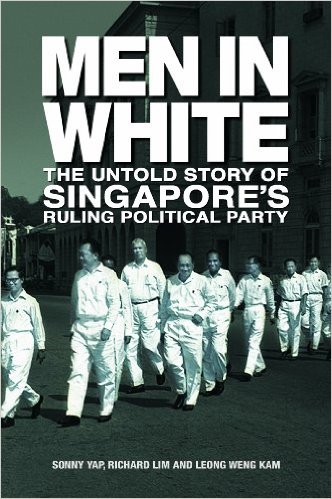 Collect them all! Source: Amazon
Collect them all! Source: Amazon
Anyway, Mothership.sg interviewed Yeo ahead of his book launch today at The Esplanade, officiated by Economics Nobel Laureate Amartya Sen.
The Esplanade holds a special place in Yeo's heart, as it was built under his leadership as the then-referred-to-as MITA (Ministry of Information and the Arts) Minister.
This was also mentioned in Prime Minister Lee Hsien Loong's valedictory letter to Yeo after his retirement from parliamentary politics.
1. What is the inspiration behind your book title — "Bonsai, Banyan and the Tao"?
I thought it would be boring and/or presumptuous to have the book title as "GY on this subject or that .." as if I'm some kind of an authority.
Also, my interests are rather wide and this is reflected in my writings and speeches over the years.
Some have criticised me for being too philosophical. But this is the way I think and look at things.
I hope Mothership likes the title.
2. You shared 140 photos in your book. Which is your favourite photo and why?
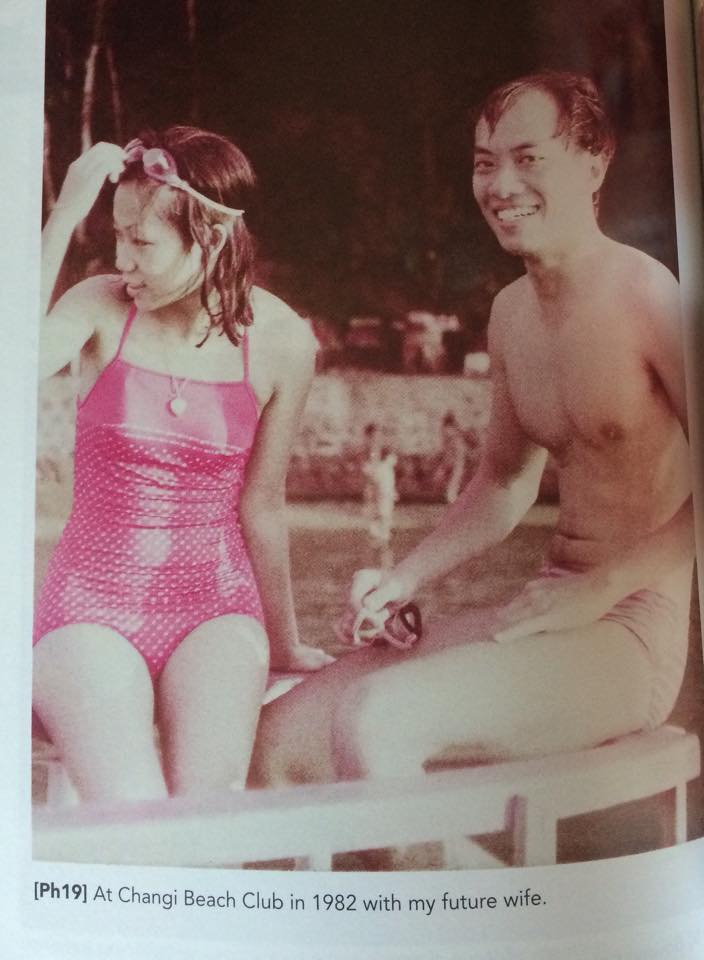 Photo taken from George Yeo's book.
Photo taken from George Yeo's book.
Probably the one of Jennifer and me at Changi Beach Club looking rather innocent before we got married. We had no idea what lay ahead of us. "Where ignorance is bliss, 'tis folly to be wise", as the saying goes.
Better to take each day as it comes and not worry too much.
3. Among the 91 speeches featured in the book, what are the three most memorable ones for you?
The speech I wrote as a young SAF Captain: To wage peace, understand war. Pointer reprinted it again after many years and it still read as if I would have been written it the same way as a retired SAF officer.
("To Wage Peace, Understand War" can be found in pages 387-388 of Yeo's book).
My first political speech when the SAF sent me off in August 1988 about Venice as an inspiration for Singapore.
("Defending Singapore" can be found in pages 13-17 of Yeo's book)
My maiden speech in Parliament on the importance of democracy and its adaptation to specific conditions.
("Importance of Democratic Values in our National Value System" can be found in pages 63-67 of Yeo's book)
4. The book has more than 600 pages of speeches. Do you think the book is a bit too thick?
